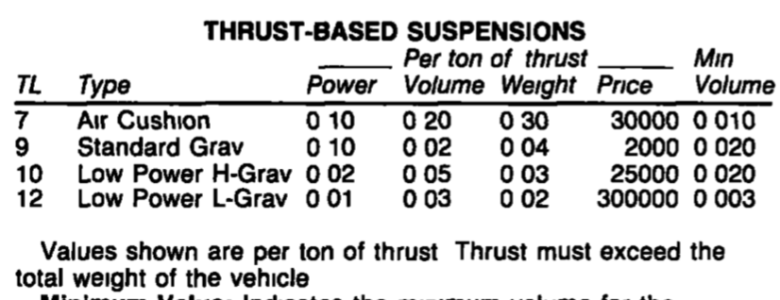AnotherDilbert
SOC-14 5K
No rule has ever stated that.So, if I understand correctly, and I feel like I don't, a rating 1 drive for a certain volume, rated in d-tons, will move any mass contained by the volume rating of the drive?
Some people infer that as mass is not specified in detail.
Last edited:

